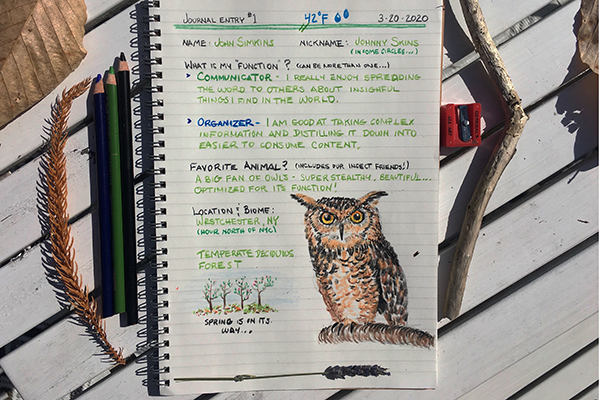Biomimicry Resources for Science is Cool (ScIC)
Are you ready to learn more about how to bring biomimicry into your classroom?
Get started with the Biomimicry Youth Design Challenge (YDC).
Check out additional materials below to help you bring nature-inspired design to your students.
You can also learn more about the Biomimicry Institute’s history and mission, browse our Initiatives, read the latest in biomimicry news on our blog, and subscribe to our newsletter.
If you have questions or need assistance, please contact [email protected].
Sharing Biomimicry with Young People
This publication helps K-12 educators establish a general foundation in biomimicry and provide ideas for introducing this new way of thinking and problem solving to their students.
Biomimicry Toolbox
The Biomimicry Toolbox is a free resource that provides an orientation to biomimicry and introduces a set of tools and core concepts that can help students and problem-solvers from any discipline begin to incorporate insights from nature into their design solutions.
30 Days of Reconnection
In the spirit of reconnecting with the natural world around us, the Biomimicry Institute team has put together a 30 day course of our favorite biomimicry activities.
AskNature Educator Resources
Help students understand how life’s systems and features can inspire the design of systems and products that solve human problems. Whether you use biomimicry examples regularly in your teaching, or you are new to the concept of biomimicry, AskNature has tools for both you and your students.

Introduction and Unit Overview (PDF)
This collection of five lessons is designed to provide students with an engaging and authentic introduction to biomimicry and how biomimics (biomimicry practitioners) think and see the world. Suggested for Grades 6-12. Suitable for remote learning.
This material is being made available as an “advance release” of content in a planned 10 lesson unit. We welcome your feedback as we continue to develop these lessons. There is a survey included with each lesson, which we invite you to take.
Lesson 1: Introduction to Biomimicry
Students are introduced to the essential features of biomimicry, embark on methods to explore the outdoors for what it can teach us, research biomimicry examples to share with peers and begin a biomimicry journal.
Lesson 2: Learning to Recognize Design in Nature
Students begin developing the skill of recognizing design in the billogical world through close observation.
Lesson 3: Learning to Connect Function with Design
Students are introduced to the concept of functional design, and why it’s important in biomimicry, through the study of human-made and natural objects and how their operating conditions inform their design.
Lesson 4: Learning to Explore and Communicate About Functional Design Research
Students continue exploring functional design through research. They are introduced to the AskNature website and practice describing biological phenomena in the style of an AskNature strategy page.
Lesson 5: Learning to Make Connections between Nature’s Abilities and Human Aspirations
Students explore the role of analogy in biomimicry and practice making connections between nature’s abilities and human needs/wants. The lesson concludes with an opportunity for students to brainstorm their own nature-inspired inventions.
We will use the information to be in touch with you via email. You can change your mind at any time by clicking the unsubscribe link in the footer of any message you receive from us. Learn more about our privacy practices here.
Support the Next Generation
of Nature-Inspired Innovators
Imagine a world where everything we make is inspired by the natural world. By supporting the Biomimicry Institute you:
- Help bring biomimicry education to more students and educators
- Accelerate the growth of more nature-inspired startups and entrepreneurs
- Increase the number of biological strategies and resources on AskNature.org and across our entire organization.





